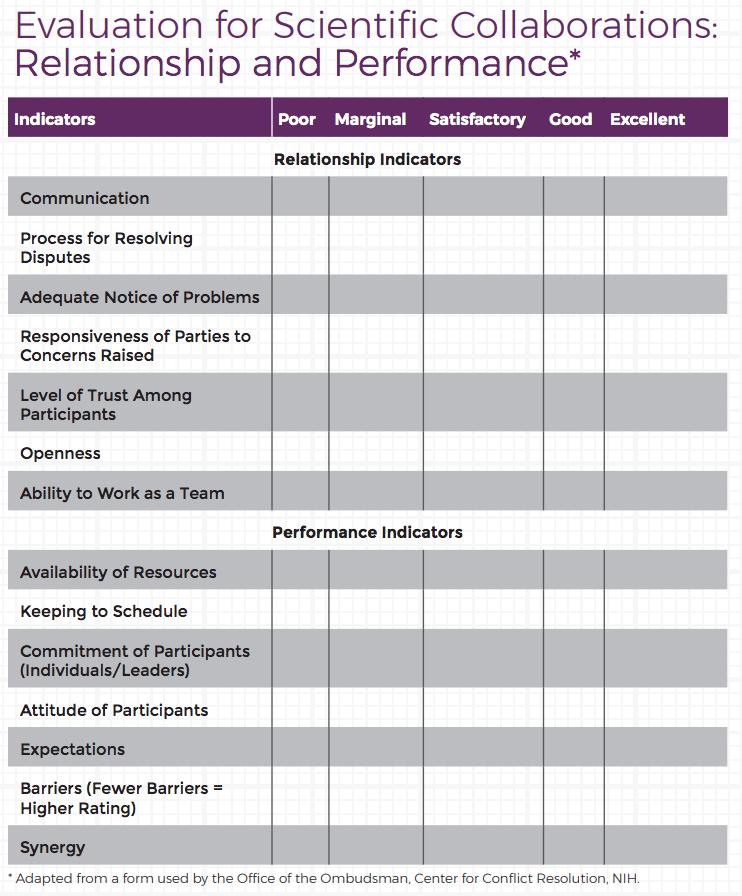Back to: Phase 3: Getting the Work Done
Recognizing a “bad apple” and dealing with them
Almost everyone has had the experience of being in a group where a single individual poisons the group’s morale and undermines the group’s performance. This happens even in teams with lots of “talented, very smart, and likeable people.” In the same way that it is imperative to address conflicts as they occur--they do not go away on their own--it is important that a group deal with the bad apple and directly address the problems that person is creating. When we speak of the bad apple in a group. We are not talking merely about individual eccentricities, or ordinary non-conformity. Research has identified three types of people who fairly consistently present problems for teams of groups (Felps, Mitchell, et al, 2006)
- The slacker -- a person who simply does not pull their weight, who almost always does less than they can, and often attends to matters that have nothing to do with the work of the team even when they are at work (e.g., talking on the phone, searching the web, taking long breaks).
- The miscreant -- a person who attacks and insults others and regularly violates “interpersonal norms of respect.”
- The depressive pessimist -- a person who is continually negative in mood and attitude and often complaining about the work being unpleasant or expressing pessimism about the group’s project coming to a successful end.

“Studies consistently find that such individuals can do great damage to the team’s spirit and performance. While there are no “cures” for bad apples, there are suggestions for how to address the problems. First, it is important to try not to hire such people in the first place. Careful reference and background checking can assist with that. Second, if such a person is hired and begins to cause problems, it is important that the team and its leaders respond quickly. Bad apples do not change spontaneously. Using performance appraisals that take into account behavior as well as performance can be important for giving feedback, issuing warnings, initiating monitoring, taking disciplinary actions, and even firing when nothing else works.
“As many can attest, dynamics are not necessarily tangible or easy to define; they can be more easily recognized when considering a team from a “few steps back.” Taking time to examine how things are going and group process can make a big difference. The chart below is one example of a simple team or collaboration assessment form that can structure such an examination. Whether using a formal assessment tool or taking a more informal approach, teams can set a regular time for members to discuss how they are experiencing the team and to discuss what is functioning well and what needs to be addressed.

References:
- Felps, W., Mitchell, T. R., Mitchell, and Byington, E., (2006) How, when and why bad apples spoil the borrell: Negative group members and dysfunctional groups. Research in Organizational Behavior, 27(27): 175-222.
- Quoted from pages 113-116 in Bennett, L. M., Gadlin, H., Marchand, C. (2018). Collaboration and Team Science Field Guide. 2nd edn., National Institutes of Health Publication No. 18-7660, National Cancer Institute, Bethesda, United States of America.
